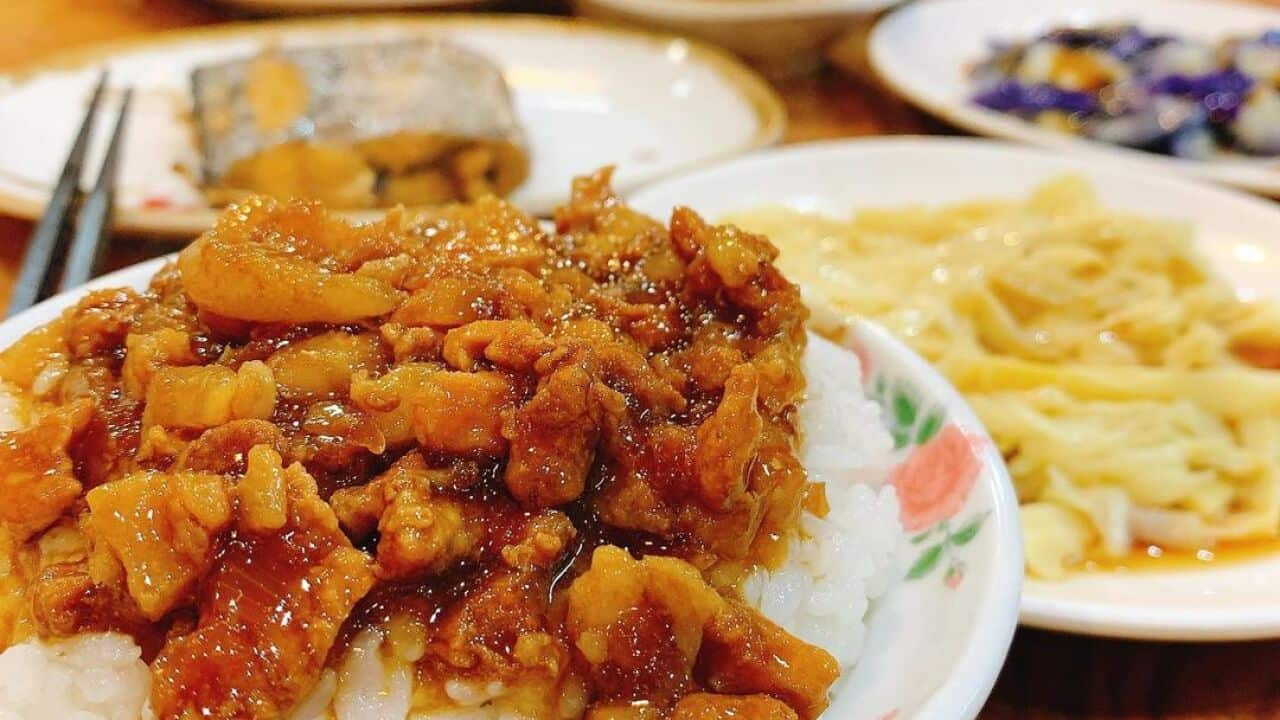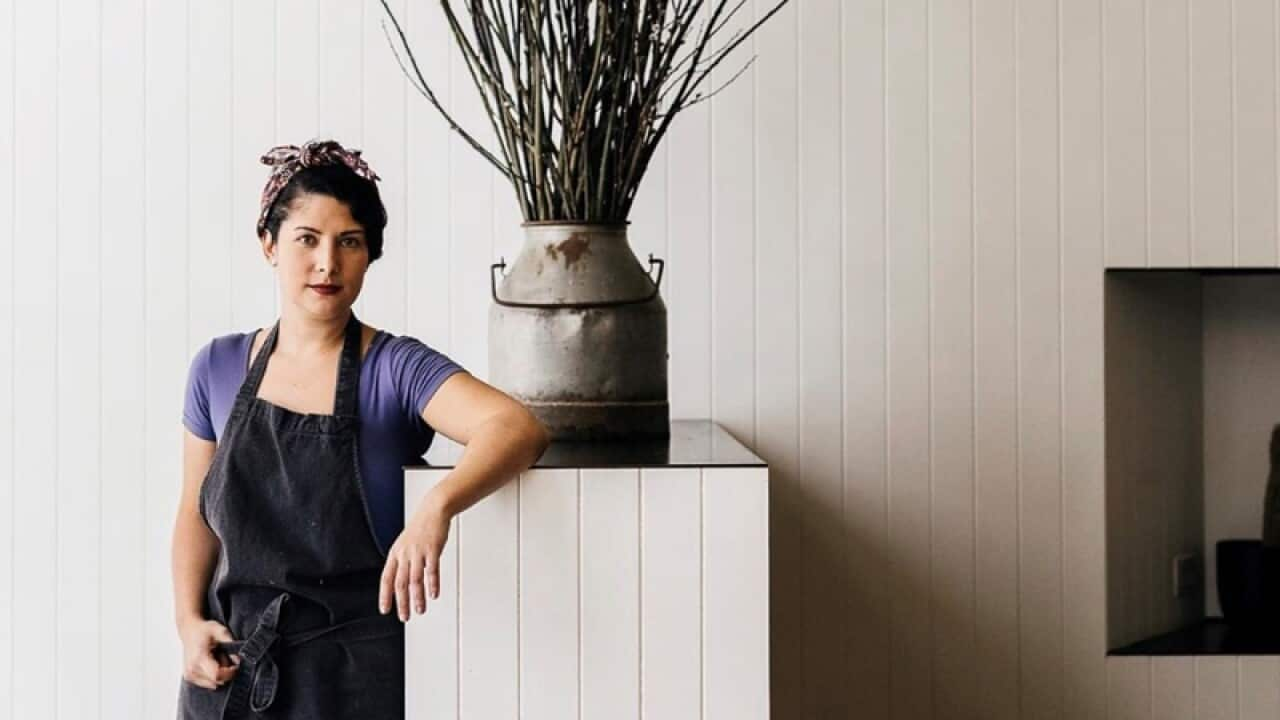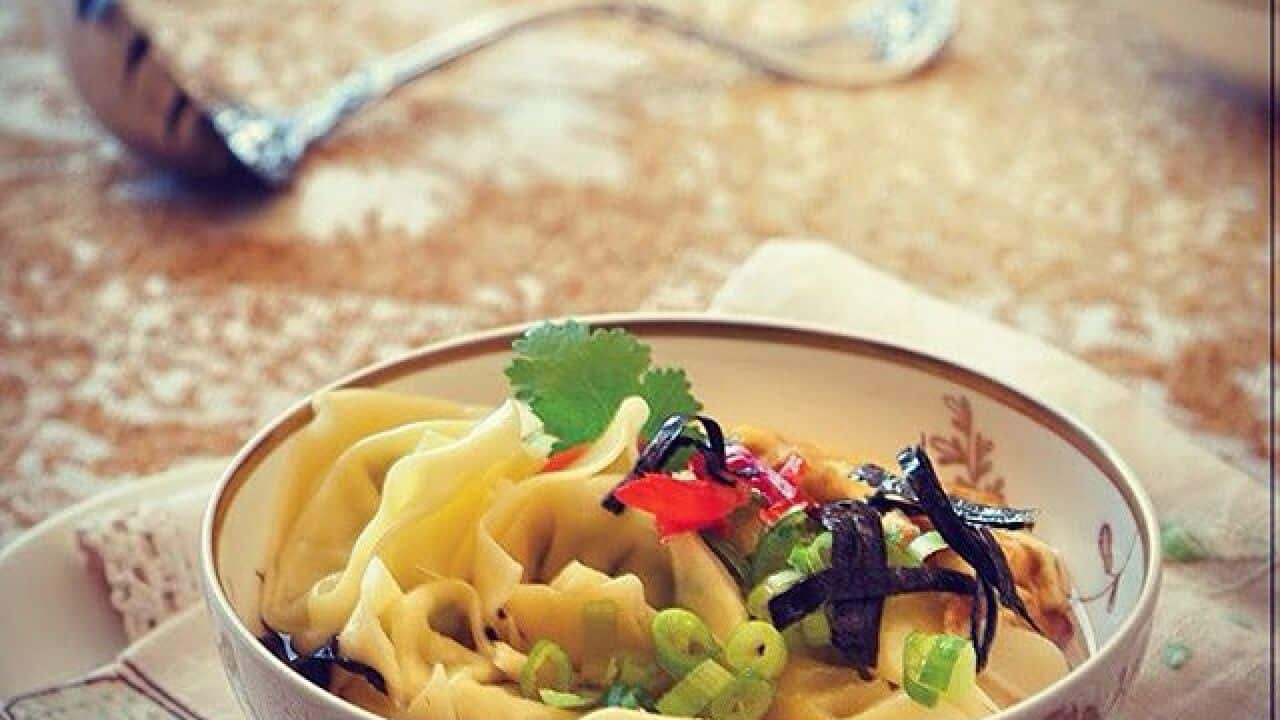Stereotypes exist across all cultures. We all assume Italians eat pizza on a daily basis and Japanese people have raw fish for breakfast, lunch and dinner. However, as I learned during a year in Japan, sashimi is in fact enjoyed for special celebrations like birthdays and my friends from Northern Italy tell me they rarely eat pizza and instead routinely eat polenta- and rice-based dishes.
However, perhaps there's a positive to stereotypes. They encourage people to discover the reality first hand.
The biggest Chinese food stereotype is surely the wok. I remember watching a UK-produced food show during Chinese New celebrations this year in which a guest chef and relatively well-known Chinese celebrity chef said she enjoyed 'wokking'.
HOW TO USE A WOK

3 chefs reveal the sizzling secrets of how to work a wok
Embarrassed for this chef, I was ready to jump on Twitter and ask my 100 or so followers to join me in a revolution and break down stereotypes in a food revolt for all us self-professed authentic-seeking-food-loving-wannabe-cooks out there. Instead, I chewed my sister's ear off and let the anger subside over something sweet.
Admittedly, one of the core features of a great Chinese meal is when it's served piping hot. Woks are good at generating heat and therefore are important to a well-executed Chinese dish.
But they're not always synonymous with stir-fries. People who have travelled to China, Hong Kong, Singapore and even Taiwan will notice stir-fries are not that common. In fact, I don't remember eating many stir-fry dishes as a child and my mum doesn't even have a wok and nor do I.
Rather, family dinners to me are more about shallow stews — that is, plates of food served with a minimal amount of sauce (gravy to some) and tightened up with cornstarch, a very common ingredient in Asian cuisine and culture, particularly in Cantonese cuisine.
Family dinners to me are more about shallow stews — that is, plates of food served with a minimal amount of sauce (gravy to some) and tightened up with cornstarch.
Every good Chinese pantry has a box of cornstarch in the kitchen, which is used sparingly to create luscious, velvety dishes. Much like French food, which relies on a roux for a perfect bechamel sauce or beef bourguignon and involves butter cooked with flour, Chinese and Cantonese cuisines use cornstarch to thicken sauces. However, it's predominantly added at the end of the cooking process rather than at the start.
This age-old element of Chinese cooking that helps tie the whole dish together is crucial in the execution of many dishes found across Asia and not just in China. Order moo goo gai pan, a dish with mushrooms and chicken, or Cantonese beef and egg dish and you will see how the cornstarch produces a slightly shiny, silky finish. In Singapore, pan-fried noodles are served with slurry. In Taiwan, ma po tofu must certainly be silky smooth rather than wet and loose; and in Hong Kong, you would be hard pressed to not eat at least one slurry-like dish in a simple eatery or Michelin-starred restaurant. Cantonese cuisine is the prime place for cornstarch-finished dishes.
In Singapore, pan-fried noodles are served with slurry. In Taiwan, ma po tofu must certainly be silky smooth rather than wet and loose; and in Hong Kong, you would be hard pressed to not eat at least one slurry-like dish in a simple eatery or Michelin-starred restaurant. Cantonese cuisine is the prime place for cornstarch-finished dishes.

Cornstarch is a very common ingredient in Asian cuisine and culture, particularly in Cantonese cuisine. Source: Ben Ward
As a child, I openly confessed to hating the slurry. I protested many times and asked my mum to limit the amount of cornstarch in her dishes or even strip it back completely, but only to eat my own words when I was presented with a pool of floating tofu, as well as vicious stares from my sister for ruining yet another delicious meal with my antics.
Some Michelin-star chefs in Hong Kong tell me the simple answer to why cornstarch is used so aggressively comes down to the unrelenting notion that Chinese food must be served hot and with rice. Since rice is a staple at Chinese and Cantonese tables, a slightly thickened sauce is necessary to bring the whole dish together so that the sauce coats the rice (and is easily picked up by chopsticks) rather than flooding a bowl of rice and producing a rather unappetising rice soup for dinner.
A slightly thickened sauce is necessary to bring the whole dish together.
Finding the right amount of cornstarch is a matter of trial and error. I remember starting out in the kitchen in my teens and adding in cornstarch without first mixing it with water. The cornstarch merely floated in a slime-like ball above a delicious stew. On another attempt, I added hot water to a tablespoon of flour and produced a mochi-like dough. Disaster!
When mum finally decided to come to my aid, she admitted that the cornstarch was highly sensitive. She advised to mix cold water and cornstarch together. Most importantly, she said to add the cornstarch slurry only at the end of the cooking process or even when the flame is completely off to stop it from turning into a gluey mass. Lesson learned.
TRICKS OF THE TRADE

Velveting: The Chinese cooking technique you need to know about
One of my favourite dishes with a cornstarch slurry is in fact not a shallow stew but a soup and is famously known as sweet and sour soup, which I included in my first book, . Unlike many Chinese soups, which are broths and not full-bodied like western counterparts (think pumpkin soup), sweet and sour soup is silky — gliding down your throat with sweet, sour and salty notes following each slurp. My grandfather and his modest Chinese eatery in Los Angeles were infamously known not just for , but also for his sweet and sour soup. During my visits to the US, I remember seeing my grandfather walk into this kitchen every morning, six days a week, donning on an apron and chefs hat before embarking on making a giant pot of sweet and sour soup.
Sweet and sour soup is silky — gliding down your throat with sweet, sour and salty notes following each slurp.
This simple activity of chopping up wood-ear, carrots and tofu; stir-frying them over a hot blue flame for just under a minute before adding a chicken broth and the quintessential cornstarch slurry made him look like a conductor of an orchestra.
My grandfather did everything with pride and even this daily routine of making a simple yet fulfilling soup was an image of love for his craft.
I loved watching him in action and wish I could still do it, partly because I would love to taste his velvety and some may say, slimy but completely irresistible sweet and sour soup again in the company of my grandfather.
Love the author? Follow Michelle Tchea on Instagram on Instagram and Twitter .
chinese food is home

Why Chinese chive pockets became a staple in our home










